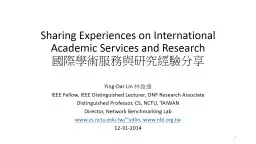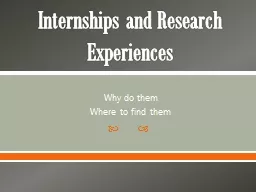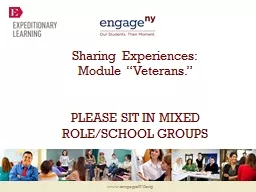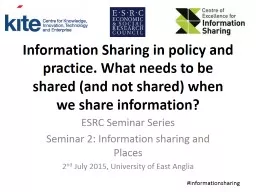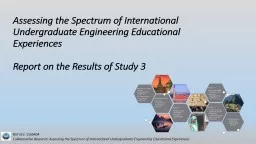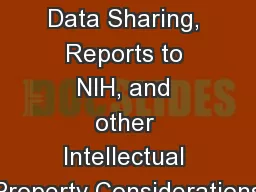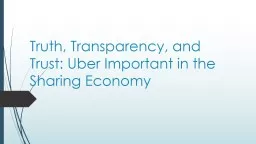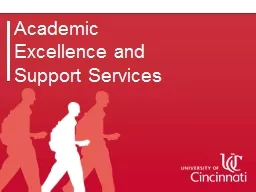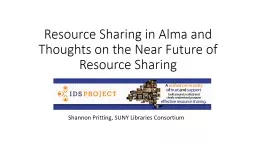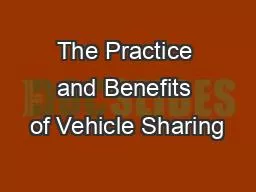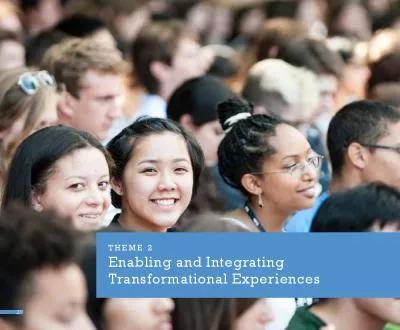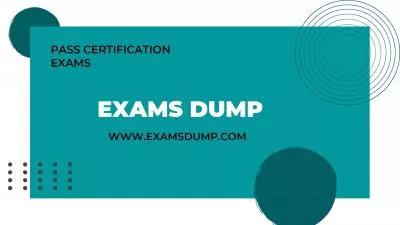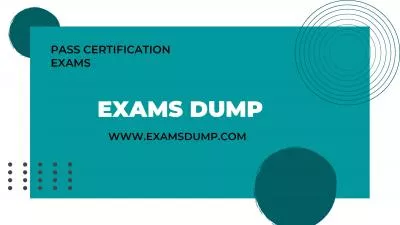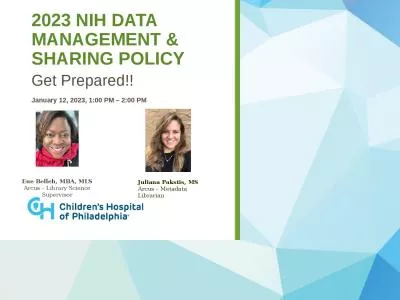PPT-Sharing Experiences on International Academic Services and Research
Author : pongre | Published Date : 2020-06-19
國際學術服務與研究經驗分享 YingDar Lin 林盈達 IEEE Fellow IEEE Distinguished Lecturer ONF Research Associate Distinguished Professor CS NCTU TAIWAN
Presentation Embed Code
Download Presentation
Download Presentation The PPT/PDF document "Sharing Experiences on International Aca..." is the property of its rightful owner. Permission is granted to download and print the materials on this website for personal, non-commercial use only, and to display it on your personal computer provided you do not modify the materials and that you retain all copyright notices contained in the materials. By downloading content from our website, you accept the terms of this agreement.
Sharing Experiences on International Academic Services and Research: Transcript
Download Rules Of Document
"Sharing Experiences on International Academic Services and Research"The content belongs to its owner. You may download and print it for personal use, without modification, and keep all copyright notices. By downloading, you agree to these terms.
Related Documents

